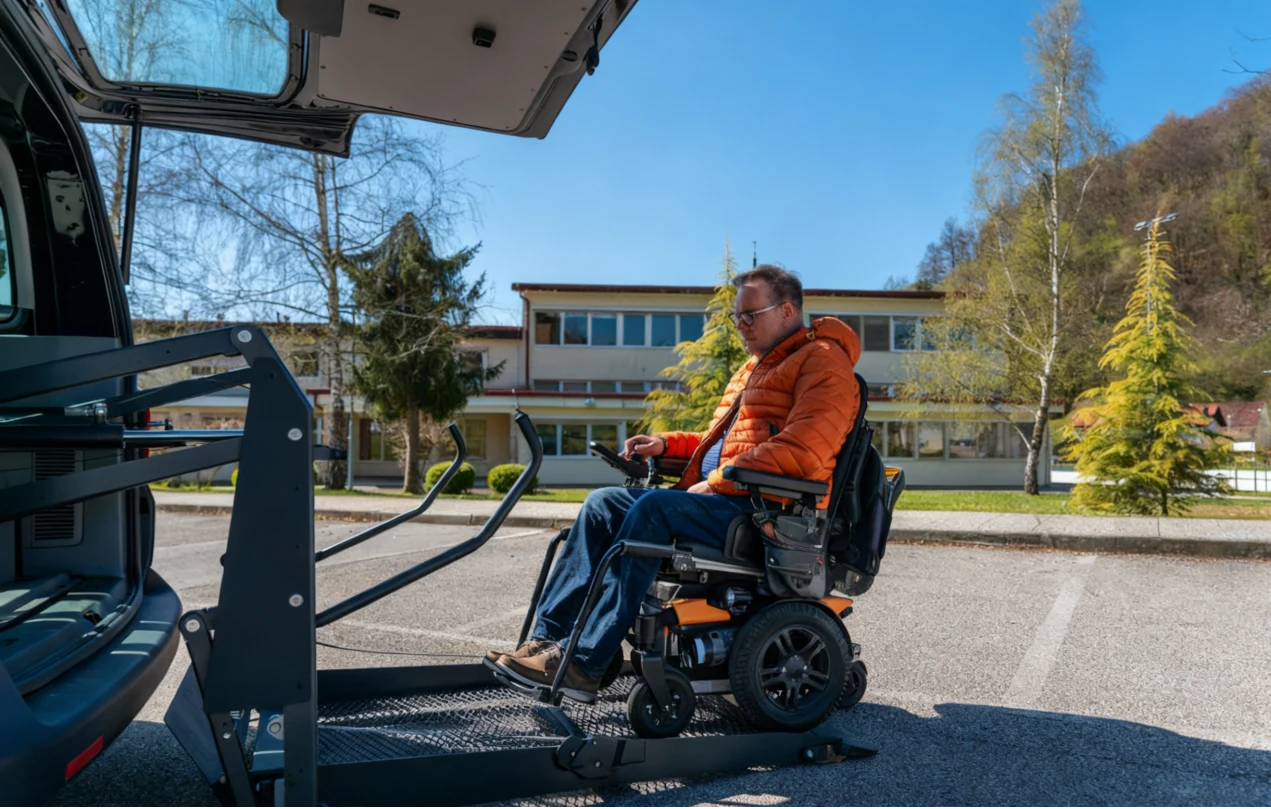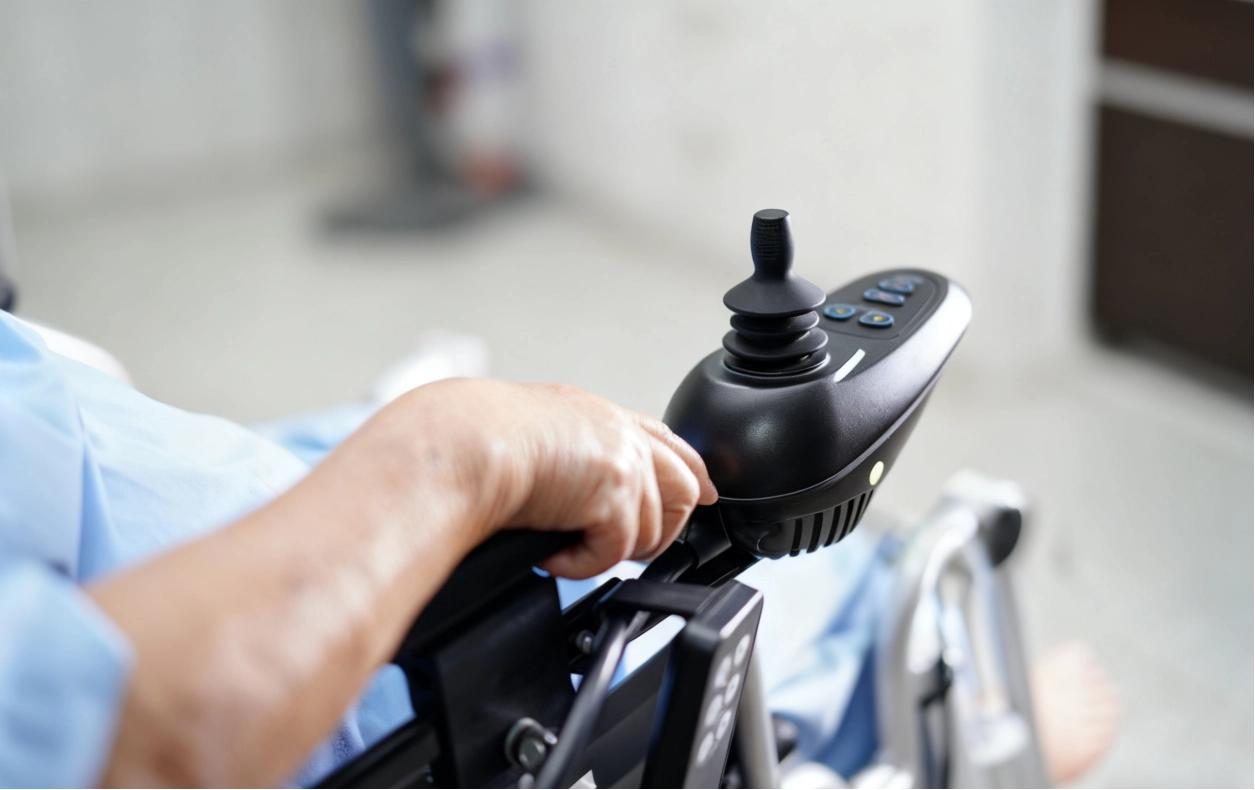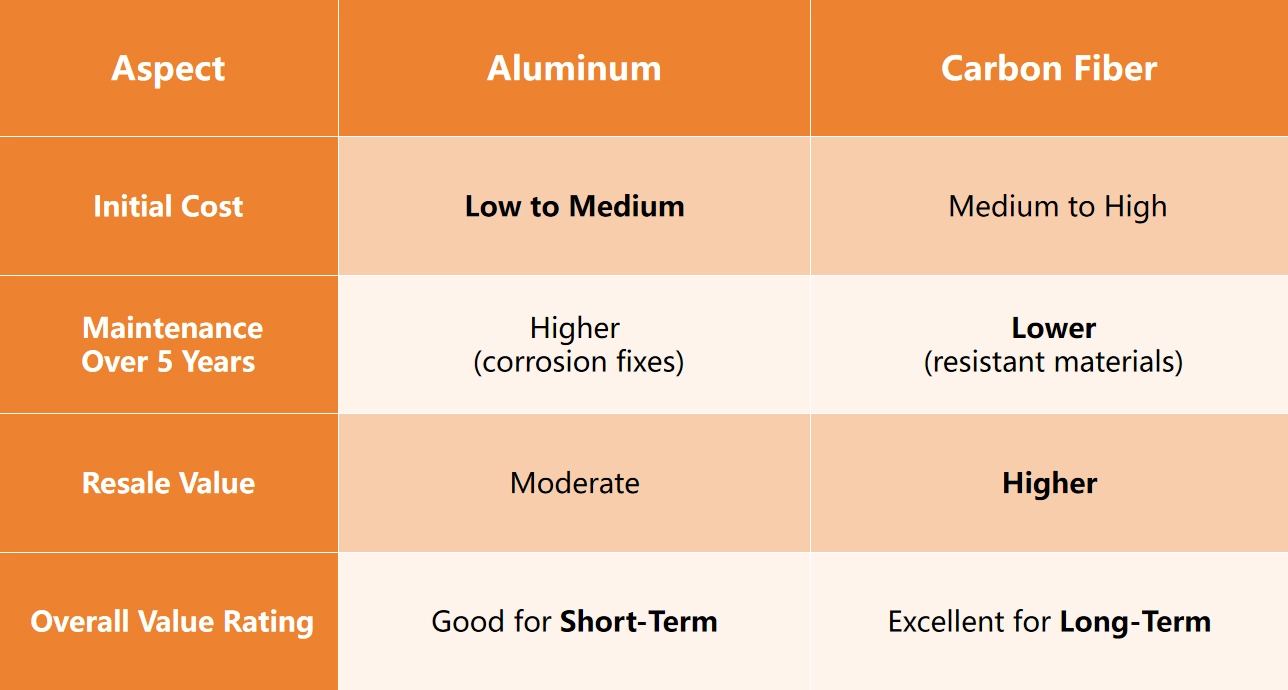Carbon Fiber vs. Aluminum Wheelchairs: A Comprehensive Comparison for Daily Use
Time : Oct 02, 2025 View : 1,424
Choosing a wheelchair that works well in your daily life depends a lot on the material. For people who need mobility help, aluminum or carbon fiber often come up as top choices. These stand out among electric wheelchairs, particularly when you consider portable electric wheel chairs or folding electric wheel chairs that must deal with everyday tasks without much trouble. Aluminum has stayed popular for a long time, thanks to its mix of price and usefulness. Carbon fiber, though, adds a fresh twist with its light feel.
But how do they really compare for someone who uses a wheelchair each day? This piece looks closely at weight, strength, comfort, and worth to help you decide wisely. If you want a lightweight battery powered wheelchair or a strong one from a good wheelchair manufacturing company, knowing these materials can improve how you get around.

Round 1: Weight and Portability
Weight is usually the first worry for people in wheelchairs. Picture trying to hoist a heavy chair into a car trunk after a tiring day. It wears you out. Sometimes, you can’t do it alone. This is why portable electric wheel chairs do so well, and the material matters a bunch. Aluminum wheelchairs are lighter than those old steel ones, but they can still weigh about 15-20kg or higher. That seems okay at the start. Yet, toss in batteries for a folding battery wheelchair, and it gets harder to carry.
Carbon fiber flips things around. It is super light, often dropping the total weight below 15kg for like models. Think about travel. An aircraft wheelchair or flight wheelchair has to fold small and stay light to follow airline rules. Carbon fiber’s thin build lets you handle it with ease, whether you fold it up for storage or lug it up steps. People say they feel more on their own because they don’t need help all the time.
These numbers come from usual models out there. They highlight carbon fiber’s plus side. But it goes beyond just numbers. One user told how moving to a carbon fiber lightweight battery powered wheelchair let them go places alone for the first time in ages. Aluminum does fine for short trips, if weight isn’t your main problem.
Now, moving on from weight, we have to think about how these materials last. How tough they are links right to how often you fix them. And that affects how easy they are to carry over time.
Round 2: Strength, Durability, and Safety
Nobody likes a wheelchair that seems weak, especially on lumpy paths or with quick halts. Safety counts big in electric wheelchairs, where the frame has to take on daily wear without breaking. Aluminum mixes are sturdy. Wheelchair manufacturing companies have used them for years because they fight off bends and take hits okay. Still, if they get wet or salty, rust can creep in over months, making them less strong. That’s an issue in wet spots or by the sea.

Carbon fiber, made from tight threads, gives better strength for its weight. It is like stuff in fast cars—tough but not heavy. In checks, carbon fiber frames hold up through more rounds of pressure before they wear out. For lasting power, it beats rust fully, so it fits well in damp places. On safety, both have earned the stamp of approval from solid wheelchair manufacturing companies. But carbon fiber’s way of soaking up shakes adds extra guard against tiny breaks from tiredness.
Here are some key bits:
-
Strength: Carbon fiber can be up to five times as tough as aluminum for the same weight.
-
Durability Factors: Aluminum might get dents from falls. Carbon fiber takes in bumps better but could split if pushed too hard.
-
Safety Features: Pick models with strong joins in folding electric wheel chairs to stop breaks while using.
Sure, no material is perfect. Aluminum may get marks faster, looking beat up after a few months. Carbon fiber stays tough but needs gentle care to dodge layers coming apart from hard knocks. Yet, for lasting safety in a folding battery wheelchair, carbon fiber tends to hold on longer with fewer fixes.
Past the frame’s toughness, how comfy the ride is affects safety and fun in daily moving. A bumpy trip can cause aches or small hurts over days, so let’s see how these materials do when rolling.
Round 3: Riding Comfort and Maneuverability
Holes in the road can make a plain trip feel rough. For those using portable electric wheel chairs, easy handling helps avoid body strain. Aluminum frames pass on shakes straight, so every dip or split hits harder. This might bring back hurt or tiredness after long rides, mainly in city spots with bumpy ground.
Carbon fiber does great at taking in jolts. Its bendy nature works like built-in springs, making rides smoother on different grounds. In a lightweight battery powered wheelchair, this leads to simpler turns and steadier control at quicker paces. Handling gets better too—the light weight lets fast moves, useful in tight spots like shops or houses.
In real use, we find carbon fiber kinder on busy days. A usual tale is about someone with an aircraft wheelchair for trips. The lighter, gentler ride made waits less draining. Aluminum isn’t bad to sit in at base, but it calls for nicer wheels or stuffing to keep up. At times, its stiff feel helps on flat floors, like in work places, where steady matters more than give.
With comfort done, choices often turn on money. Starting prices differ a lot. But looking at worth over years can change how you see which material really saves.
Round 4: Cost and Long-Term Value
Costs can decide if you buy or not. Aluminum wheelchairs begin lower, often from $500 to $1,000 for simple electric kinds, which draws in many. This fits new buyers or those with small funds who want a trusty flight wheelchair from a known wheelchair manufacturing company.
Carbon fiber types go higher, usually $1,200 to $1,800 or above, because of fancy making. But the spend pays back in how long it lasts. Less mends mean cash kept later, and nicer comfort can stop health troubles like joint aches, lowering doctor bills. For a portable electric wheel chair used every day, the full cost covers these quiet pluses.
See it this way in a table:

Not all cases favor the costlier pick. If you need a folding battery wheelchair just now and then, aluminum works without big spends. But for steady use, carbon fiber’s good points—like more freedom—build up. Some users say aluminum feels like a handy choice, while carbon fiber lifts daily life, making moving less of a task and more smooth.
Conclusion
In summary, aluminum gives firm, cheap work for lots, while carbon fiber shines for those who put lightness and ease first in electric wheelchairs. If easy carry and toughness are key, mainly for trips with an aircraft wheelchair or daily jobs in a lightweight battery powered wheelchair, carbon fiber leads. At Xunyu Medical, a focused wheelchair manufacturing company, we make choices like the XY-D02L Pure Carbon Fiber model to match these needs. This folding electric wheel chair weighs just 15kg, folds fast, and has shock-absorbing wheels for easy rides—great for changing your moving ways. With its price range from $680 to $1500 (exact price depends on your setup choices), the XY-D02L offers top value—strong build and smart features at a fair cost that beats many others in the same class.
We sincerely invite you to contact us at paddy17727303057@outlook.com for personalized advice and to learn how our products can help you feel free and at ease. Your move is important—let’s work together to make your moving experience easier.


